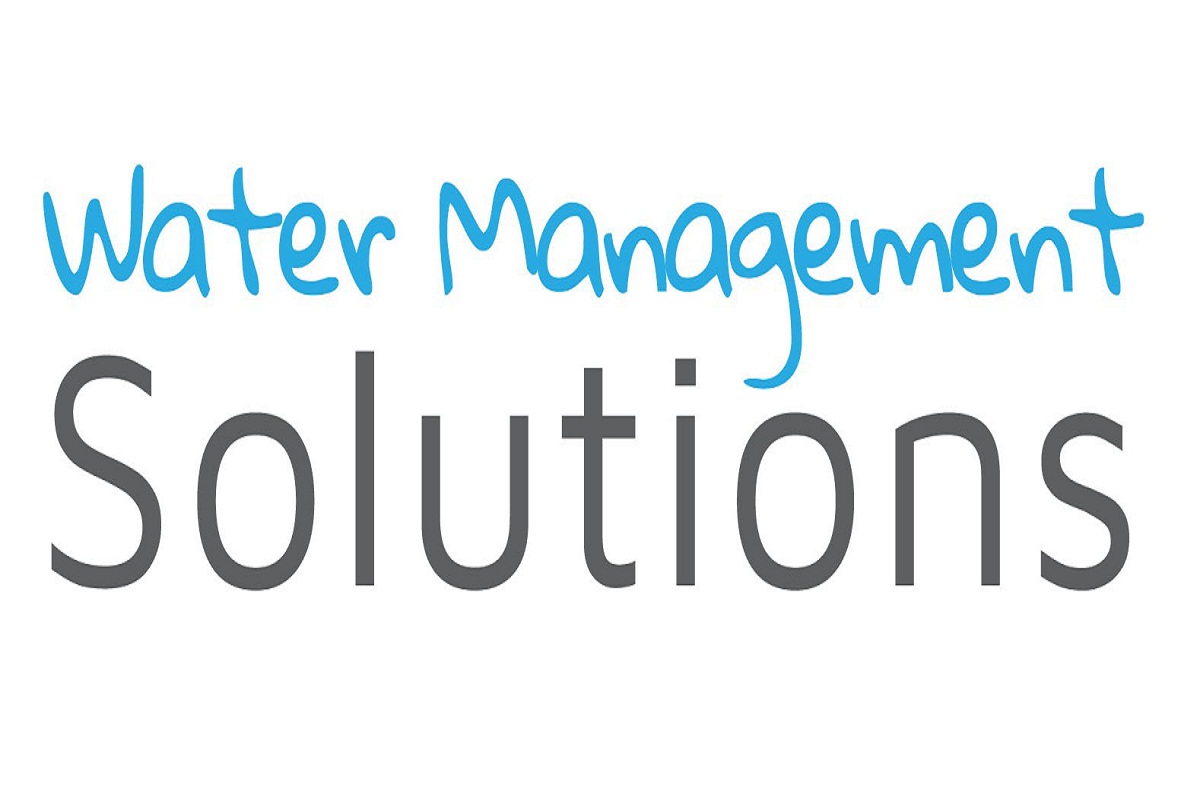Water Management Solutions for a Cleaner Environment
Water management consists of a water supply system, infrastructure for collecting, transmitting, treating, storing, and distributing water for households, businesses, industry, and irrigation, as well as public necessities like firefighting and street flushing. The provision of drinkable water is possibly the most important of all municipal services. Water is used for drinking, cooking, cleaning, removing trash, and other household requirements. Water delivery systems must also satisfy the needs of public, commercial, and industrial users. Water must meet both quality and quantity standards in all circumstances. Water quality, in addition to quantity, is a major problem. The necessity of pure water was recognised even by the ancients.
Water Requirements
- There are numerous sorts of demand for water in a community, including household, public, commercial, and industrial usage.
- Water for drinking, cooking, washing, laundry and other home operations is included in domestic demand. In addition, water is needed for firefighting, street cleaning, and usage in schools and other public facilities, among other things.
- Water is needed for stores, offices, hotels, laundries, restaurants, and most manufacturing operations, among other things. During the workday, however, water needs in commercial and industrial zones are typically consistent.
- Minimum water needs are most common in the extremely early or predawn hours of the morning. Therefore, civil and environmental engineers must thoroughly research each community’s water usage trends to build effective pumping and distribution systems.
Water Distribution
A water distribution system is a system that includes pumps, pipes, storage tanks, and other components. It must distribute sufficient amounts of water at appropriate pressures to operate plumbing fixtures and firefighting equipment, but not at pressures high enough to increase the likelihood of leaks and pipeline breakage. In low-lying service locations, pressure-regulating valves may be fitted to minimise pressure levels. The distribution network accounts for more than half of the cost of a municipal water delivery system.
Pipelines
A water distribution network’s pipeline system consists of primary feeders that transport water from the treatment plant to regions of high-water consumption in the community, and subsidiary feeders, which connect to the mains. Internal and external forces and corrosion must be able to withstand a water distribution pipeline. Internal water pressure, the weight of the overlying earth, and automobiles passing above all put a strain on pipes. PVC pipes Manufacturer makes PVC pipes for such purposes. They’re light, simple to install, and corrosion-resistant, with outstanding hydraulic properties because of their smoothness. There are various types of Vectus PVC pipes available in the market like Agri PVC pipes, Column pipes, SWR pipes, Casing pipes and Flexible Garden pipes. Other than PVC pipes, we also have CPVC pipes, PPR pipes, HDPE pipes and composite pipes, and all these pipes come with their fittings.
Water Storage Tanks
Water tanks, also known as storage tanks, are used to store water for future use in case of no water supply. The two main functions of distribution storage tanks provided by the water tank manufacturer, which are common sights in many cities, are equalising storage and emergency storage. The volume of water required to meet the community’s peak hourly demands is known as equalising storage. High-lift pumps fill the tank throughout the late night and early morning hours when water demand is reduced. Water flows out of the tank during the day, when water demand is higher, to meet the peak hourly water demands. This ensures that the flow rate at the treatment plant and pumping station is consistent. Water in a distribution storage tank might be used to put out fires, clean up hazardous material spills, or deal with other community crises. A distribution storage tank’s capacity is designed to be about equivalent to the community’s typical daily water demand.
There are various kinds of water storage tanks available in the market, such as Overhead Tanks, Underground Tanks and Loft tanks.
- Overhead water tanks were created with the demands of all types of applications in mind, including home, commercial, and industrial. As a result, our overhead water tank collection includes a wide choice of tanks with different layers, colours, and sizes.
- Underground water tanks are used for underground storage of potable drinking water, wastewater, and rainfall collection.
Loft tanks are developed and produced exclusively for kitchen and household use. They are rectangular in design, making them ideal for use in kitchens and other home areas.
Ishita Garg

